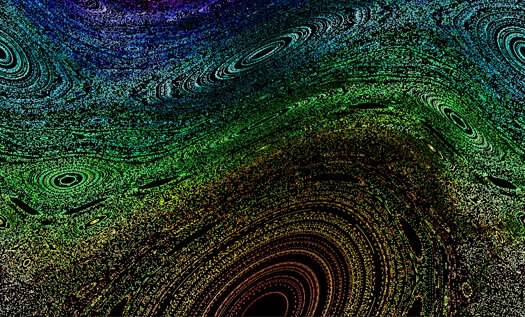

Images are fundamental to science. Biologists use X-rays to study the fine structure of plants, and astronomers take pictures with the Chandra telescope to probe the dynamics inside of exploding stars. When it comes to places where no camera can look, scientists create images from the information available: geologists use seismic data to build charts, diagrams and simulations of the deep Earth churning.
As a nod to the importance of images in science–both those taken with cameras and those constructed from data–the National Science Foundation holds a competition every year for the best visualization in science. The entries never disappoint.
Take a look at some of our favorites from this year’s competition here, and then go vote for your favorite–today is the last day to vote!








